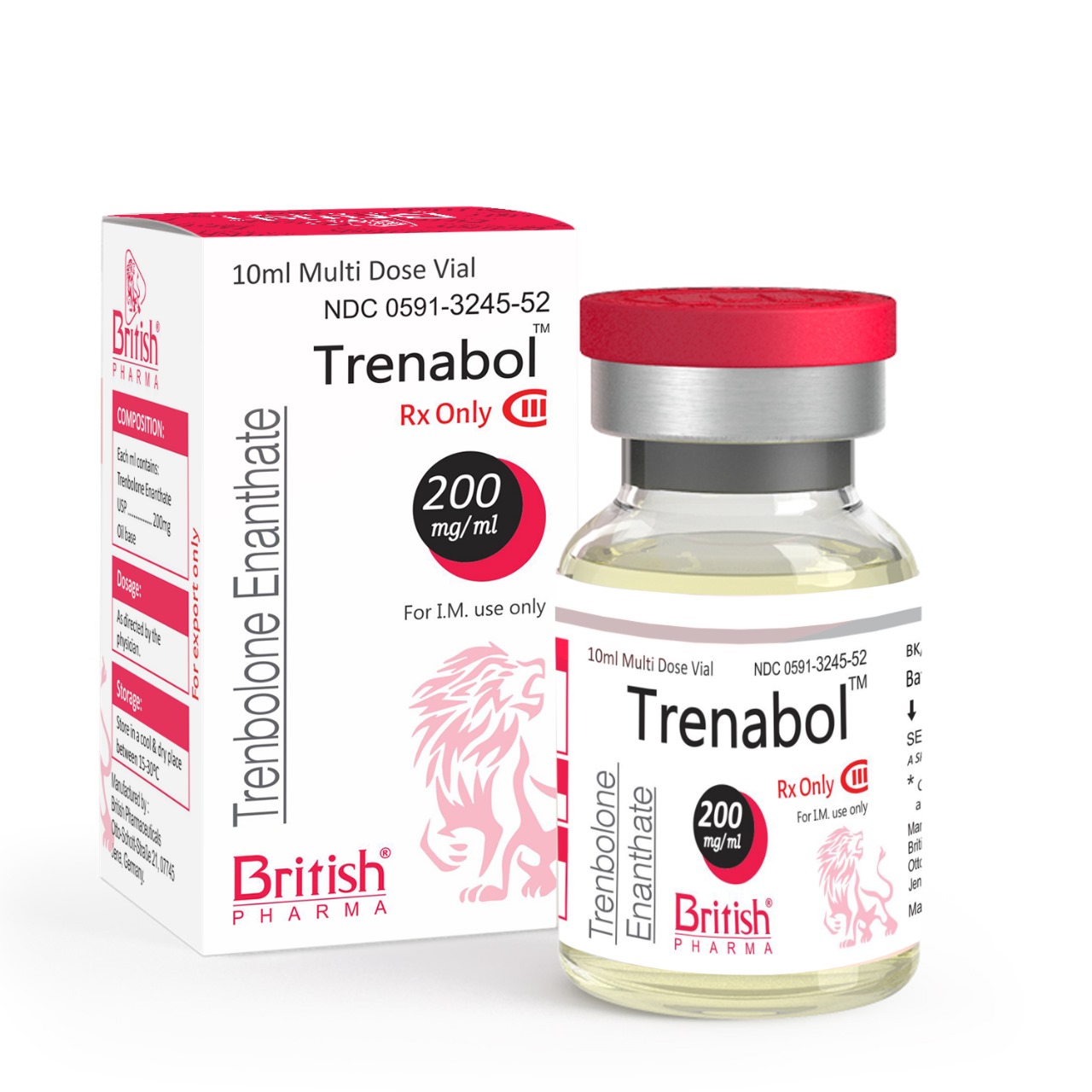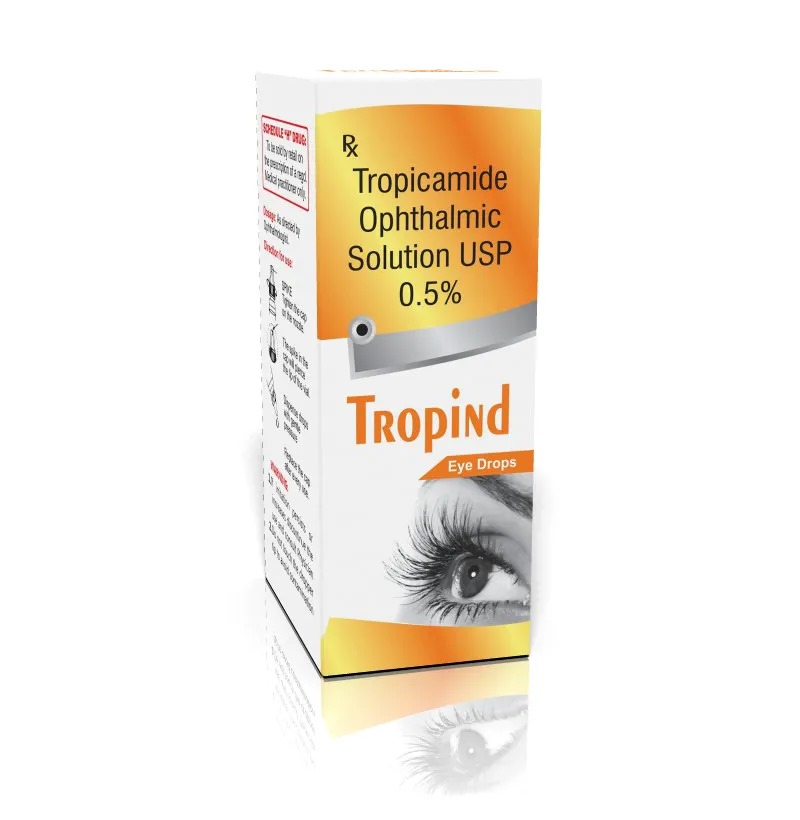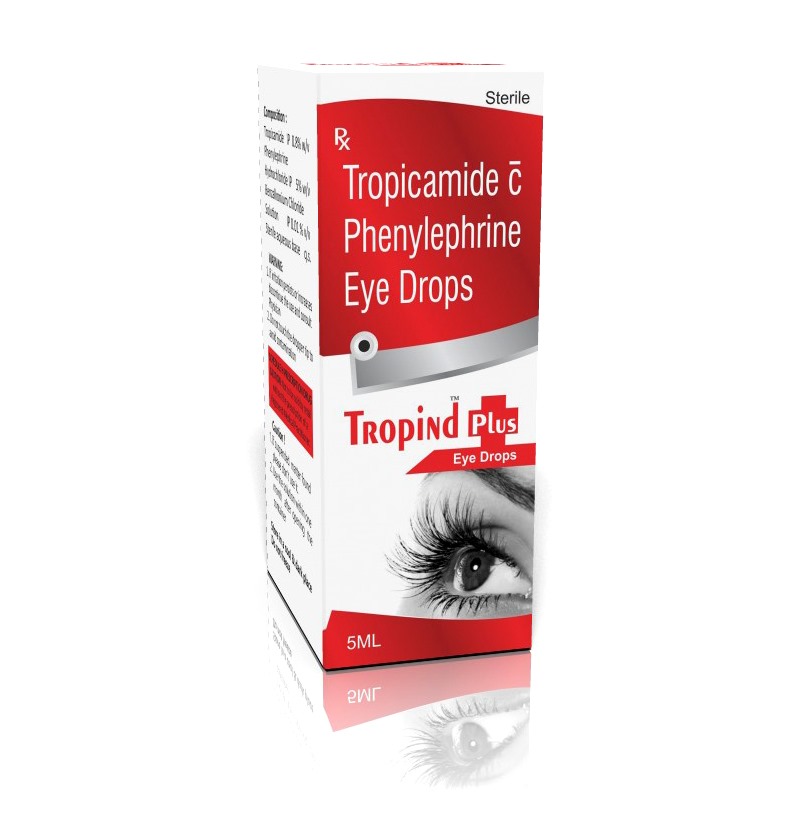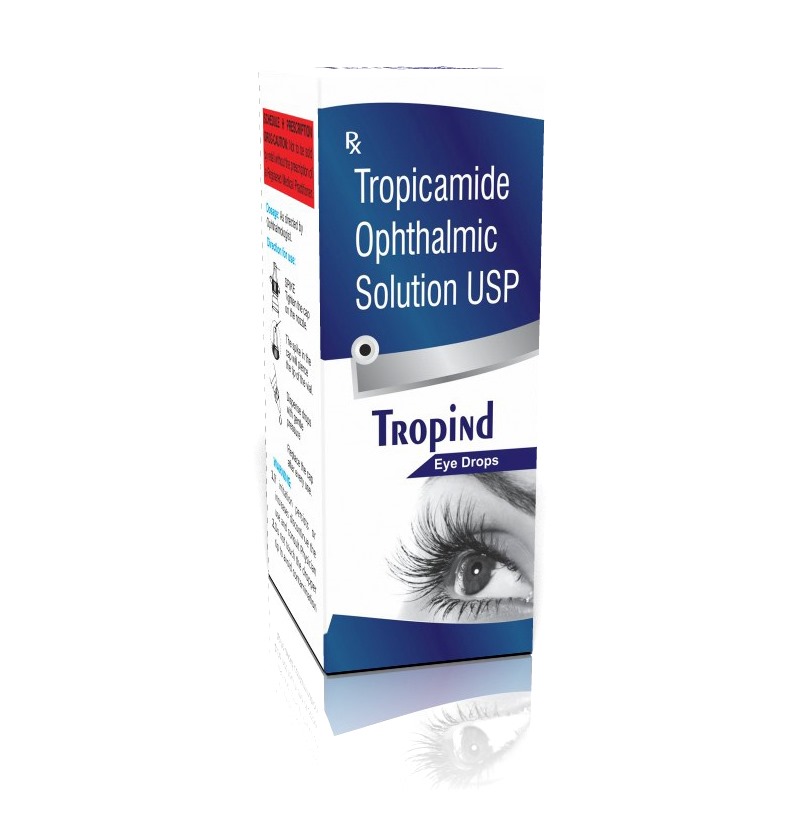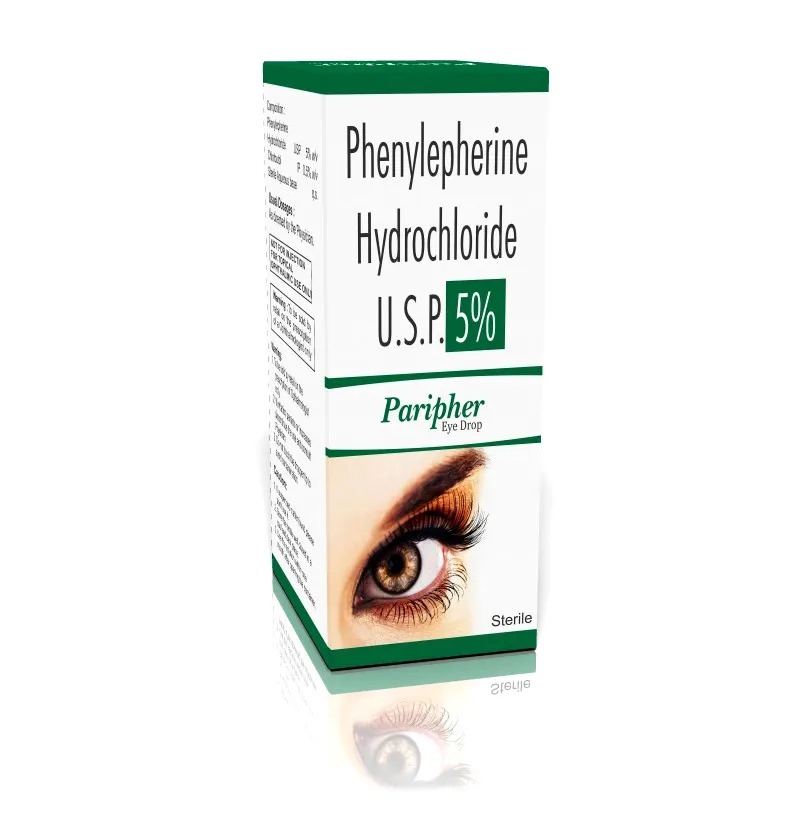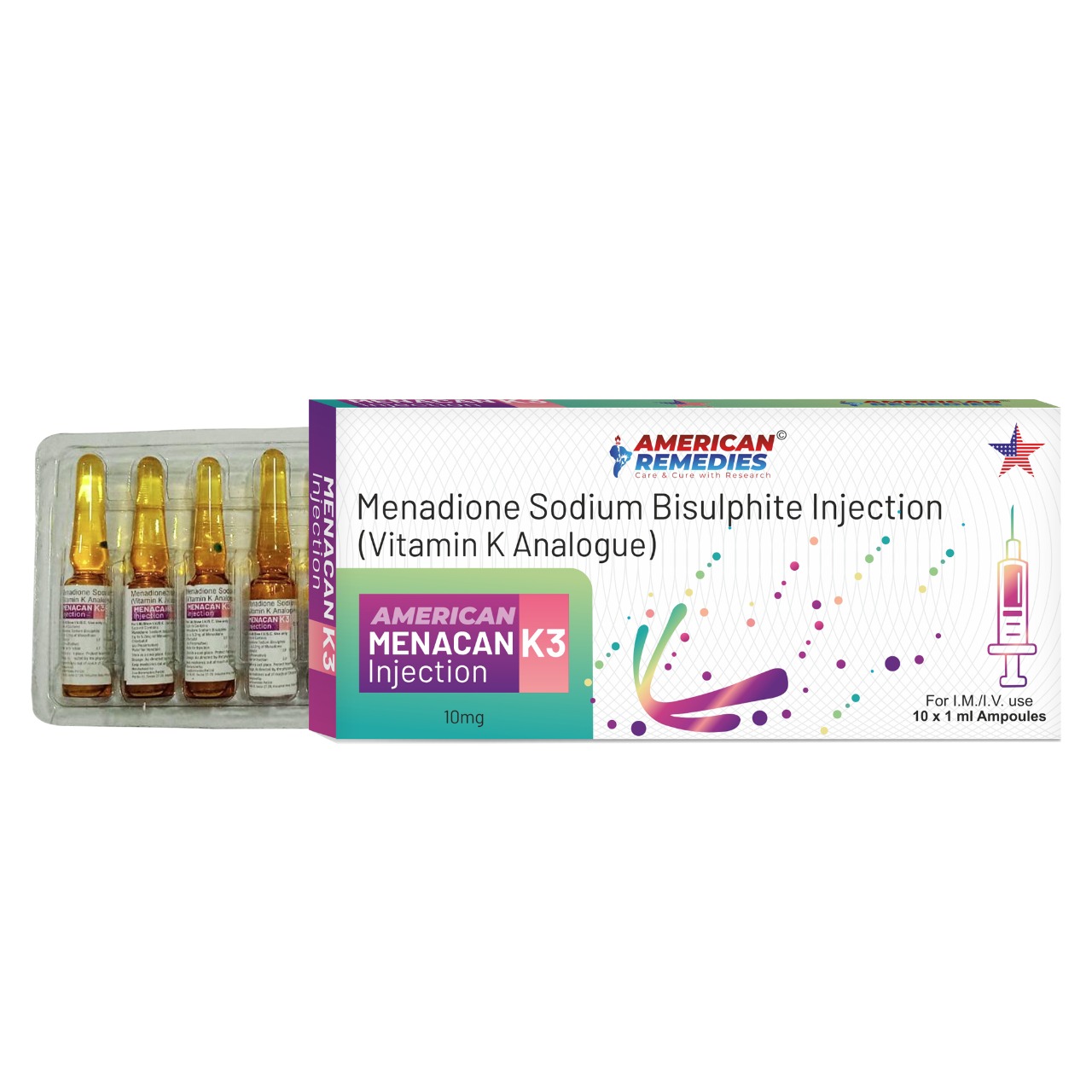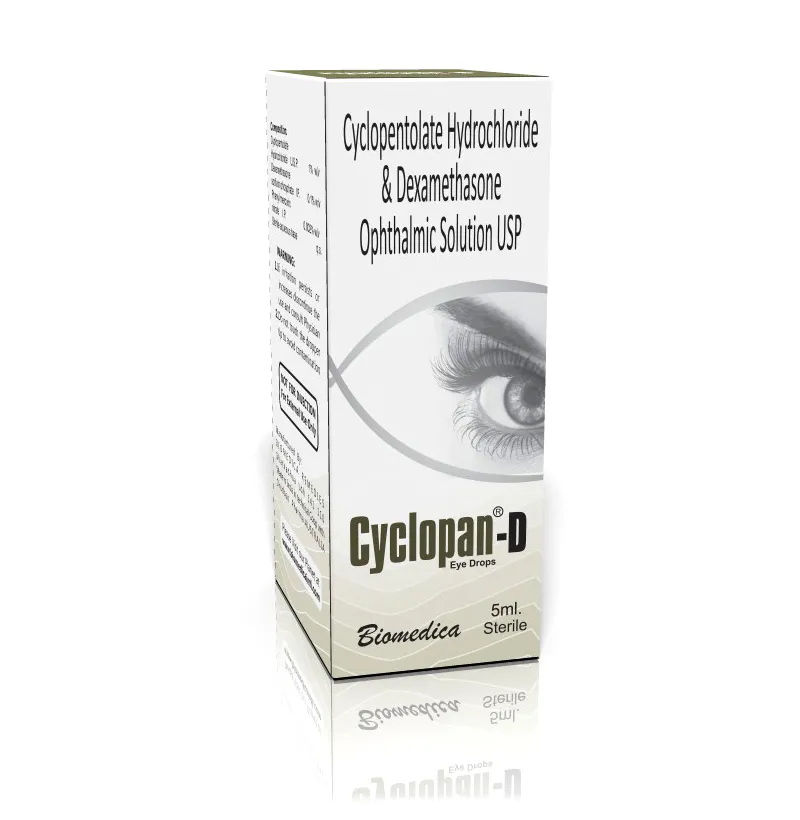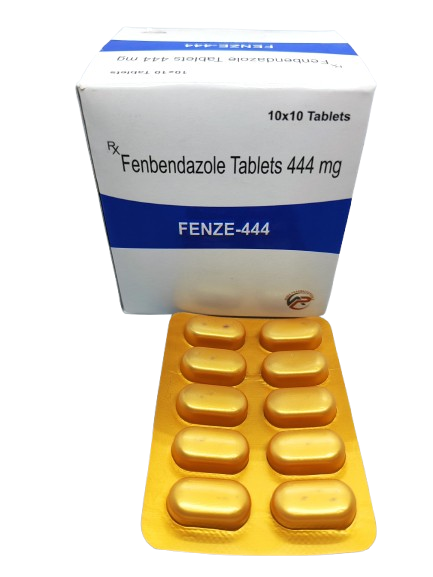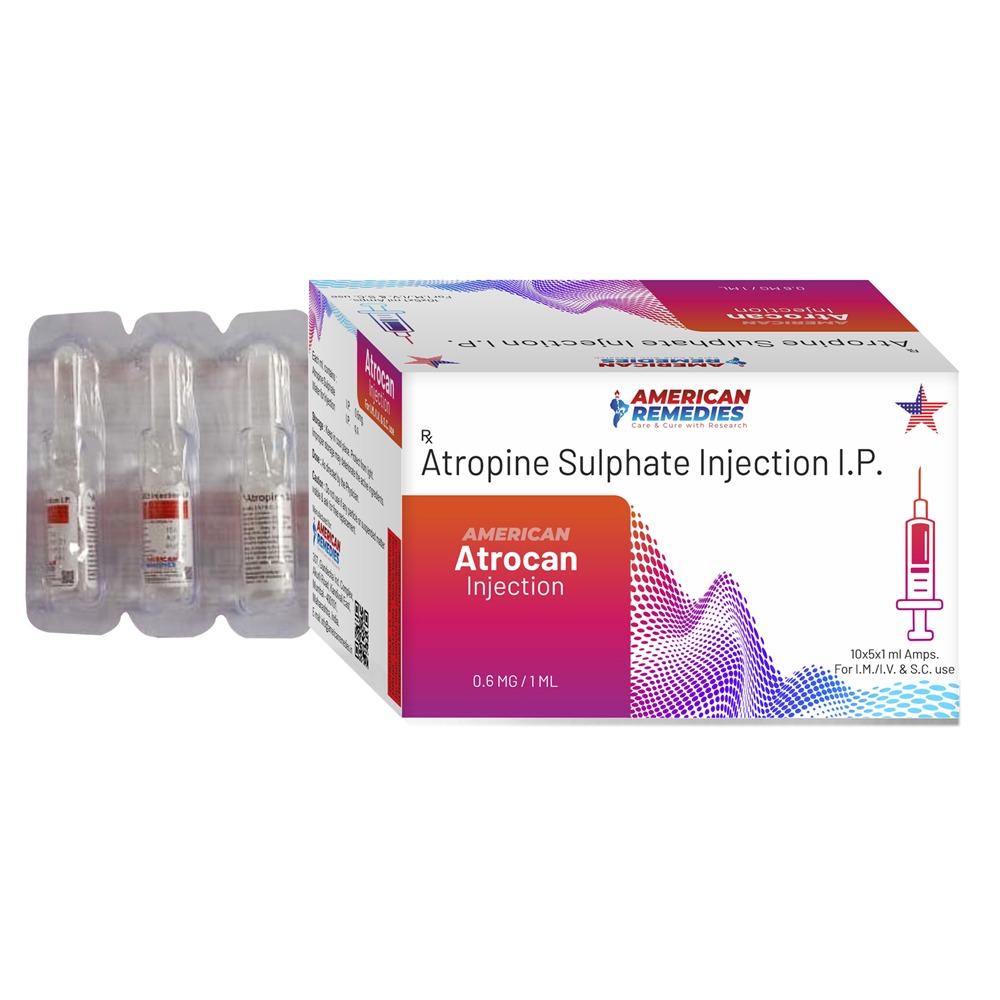Trenbolone Enanthate is a powerful anabolic-androgenic steroid (AAS). It’s a modified form of nandrolone and is not approved for human use—originally developed for veterinary purposes, especially for promoting muscle growth in livestock. 🐄 Veterinary Use (Original Purpose): Used to increase lean muscle mass and improve feed efficiency in cattle. Helps animals grow faster with less food. 🏋️♂️ Bodybuilding / Off-Label Use (Non-Medical): Though illegal and unapproved for human use, Trenbolone Enanthate is popular among bodybuilders and athletes due to its potency and results: 🔹 Common Uses in Bodybuilding: Rapid muscle mass gain (lean, dense muscle) Extreme strength improvement Fat burning (recomposition): Builds muscle while aiding fat loss Increased vascularity and definition No water retention: Gives a dry, hard look 💉 How It Works: Long-acting ester (enanthate): requires fewer injections than shorter versions like Trenbolone Acetate. Strong binding to androgen receptors = high anabolic potency Inhibits glucocorticoid hormones (like cortisol), helping preserve muscle
Send Message